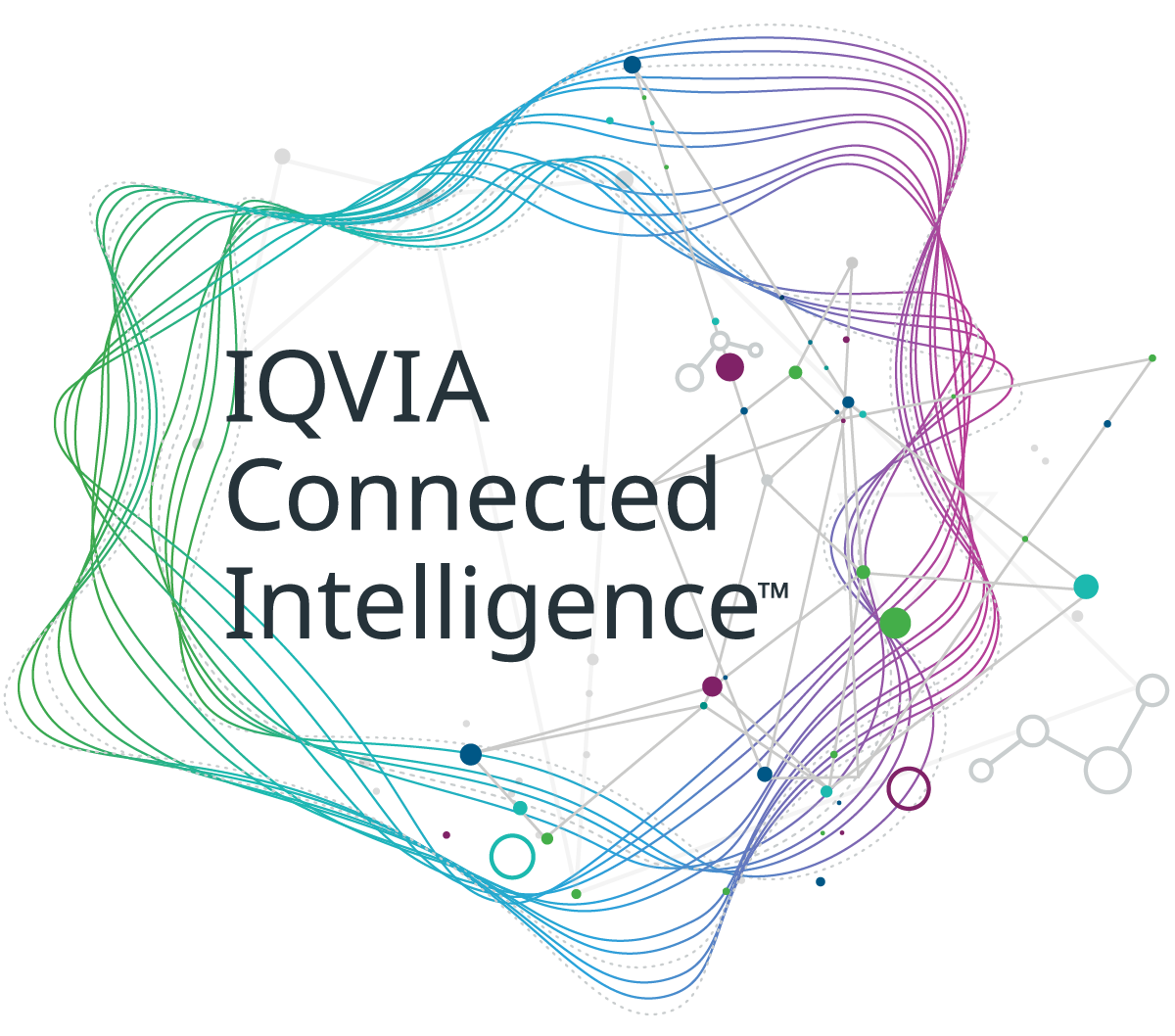-
Americas
-
Asia & Oceania
-
A-I
J-Z

EMEA Thought Leadership
Developing IQVIA’s positions on key trends in the pharma and life sciences industries, with a focus on EMEA.
Learn more -
Middle East & Africa

EMEA Thought Leadership
Developing IQVIA’s positions on key trends in the pharma and life sciences industries, with a focus on EMEA.
Learn more
Regions
-
Americas
-
Asia & Oceania
-
Europe
-
Middle East & Africa
-
Americas
-
Asia & Oceania
-
Europe
Europe
- Adriatic
- Belgium
- Bulgaria
- Czech Republic
- Deutschland
- España
- France
- Greece
- Hungary
- Ireland
- Israel
- Italia

EMEA Thought Leadership
Developing IQVIA’s positions on key trends in the pharma and life sciences industries, with a focus on EMEA.
Learn more -
Middle East & Africa

EMEA Thought Leadership
Developing IQVIA’s positions on key trends in the pharma and life sciences industries, with a focus on EMEA.
Learn more
SOLUTIONS
-
Research & Development
-
Real World Evidence
-
Commercialization
-
Safety & Regulatory Compliance
-
Technologies
LIFE SCIENCE SEGMENTS
HEALTHCARE SEGMENTS
- Information Partner Services
- Financial Institutions
- Global Health
- Government
- Patient Associations
- Payers
- Providers
THERAPEUTIC AREAS
- Cardiovascular
- Cell and Gene Therapy
- Central Nervous System
- GI & Hepatology
- Infectious Diseases and Vaccines
- Oncology
- Pediatrics
- Rare Diseases
- View All

Impacting People's Lives
"We strive to help improve outcomes and create a healthier, more sustainable world for people everywhere.
LEARN MORE
Harness the power to transform clinical development
Reimagine clinical development by intelligently connecting data, technology, and analytics to optimize your trials. The result? Faster decision making and reduced risk so you can deliver life-changing therapies faster.
Research & Development OverviewResearch & Development Quick Links

Real World Evidence. Real Confidence. Real Results.
Generate and disseminate evidence that answers crucial clinical, regulatory and commercial questions, enabling you to drive smarter decisions and meet your stakeholder needs with confidence.
REAL WORLD EVIDENCE OVERVIEWReal World Evidence Quick Links

See markets more clearly. Opportunities more often.
Elevate commercial models with precision and speed using AI-driven analytics and technology that illuminate hidden insights in data.
COMMERCIALIZATION OVERVIEWCommercialization Quick Links

Service driven. Tech-enabled. Integrated compliance.
Orchestrate your success across the complete compliance lifecycle with best-in-class services and solutions for safety, regulatory, quality and medical information.
COMPLIANCE OVERVIEWSafety & Regulatory Compliance Quick Links

Intelligence that transforms life sciences end-to-end.
When your destination is a healthier world, making intelligent connections between data, technology, and services is your roadmap.
TECHNOLOGIES OVERVIEWTechnology Quick Links
CLINICAL PRODUCTS
COMMERCIAL PRODUCTS
COMPLIANCE, SAFETY, REG PRODUCTS
BLOGS, WHITE PAPERS & CASE STUDIES
Explore our library of insights, thought leadership, and the latest topics & trends in healthcare.
DISCOVER INSIGHTSTHE IQVIA INSTITUTE
An in-depth exploration of the global healthcare ecosystem with timely research, insightful analysis, and scientific expertise.
SEE LATEST REPORTSFEATURED INNOVATIONS
-
IQVIA Connected Intelligence™
-
IQVIA Healthcare-grade AI™
-
IQVIA AI Assistant
-
Human Data Science Cloud
-
IQVIA Innovation Hub
-
Decentralized Trials
-
Patient Experience Solutions with Apple devices
WHO WE ARE
- Our Story
- Our Impact
- Commitment to Global Health
- Code of Conduct
- Sustainability
- Privacy
- Executive Team
NEWS & RESOURCES

Unlock your potential to drive healthcare forward
By making intelligent connections between your needs, our capabilities, and the healthcare ecosystem, we can help you be more agile, accelerate results, and improve patient outcomes.
LEARN MORE
IQVIA AI is Healthcare-grade AI
Building on a rich history of developing AI for healthcare, IQVIA AI connects the right data, technology, and expertise to address the unique needs of healthcare. It's what we call Healthcare-grade AI.
LEARN MORE
Meet the IQVIA AI Assistant
Your new expert analyst is here. Be at the forefront of data-driven decision-making with a new generative AI tool that enables you to interact with our products and solutions like never before. Get results you can trust, faster.
LEARN MORE
Your healthcare data deserves more than just a cloud.
The IQVIA Human Data Science Cloud is our unique capability designed to enable healthcare-grade analytics, tools, and data management solutions to deliver fit-for-purpose global data at scale.
LEARN MORE
Innovations make an impact when bold ideas meet powerful partnerships
The IQVIA Innovation Hub connects start-ups with the extensive IQVIA network of assets, resources, clients, and partners. Together, we can help lead the future of healthcare with the extensive IQVIA network of assets, resources, clients, and partners.
LEARN MORE
Proven, faster DCT solutions
IQVIA Decentralized Trials deliver purpose-built clinical services and technologies that engage the right patients wherever they are. Our hybrid and fully virtual solutions have been used more than any others.
LEARN MORE
IQVIA Patient Experience Solutions with Apple devices
Empowering patients to personalize their healthcare and connecting them to caregivers has the potential to change the care delivery paradigm.
LEARN MOREIQVIA Careers
Featured Careers
Stay Connected

WE'RE HIRING
"At IQVIA your potential has no limits. We thrive on bold ideas and fearless innovation. Join us in reimagining what’s possible.
VIEW ROLES- Blogs
- The Zika virus A year later
It’s been roughly a year since the Zika virus first captured the world’s attention, when it was discovered that pregnant women infected with the virus were at risk of having babies with microcephaly and related significant medical complications. As of March, 2017, the World Health Organization (WHO) reports that 84 countries, territories or subnational areas have now shown evidence of vector-borne Zika virus transmission, 33 of which have reported cases of microcephaly and other central nervous system malformations potentially associated with the virus.
Until the biopharmaceutical community develops a vaccine for this disease, these birth defects will continue to pose a risk for women getting infected while pregnant.
In November 2016, QuintilesIMS published this blog on the need to develop a vaccine as quickly as possible, and the challenges the industry faces in this endeavour. While no vaccine has come to market yet, over the past several months public and private sector organizations have made significant strides in developing a viable solution, causing many in the industry to be hopeful that a Zika virus vaccine could soon become available.
Innovation in the pipeline
There are currently dozens of projects in the pipeline, following a variety of vaccine development paths. Along with traditional approaches of using inactivated virus, and live-attenuated virus (in which the virus has been weakened so it cannot cause disease), several trials are using messenger RNA-based (mRNA) vaccines and DNA-based vaccine models.
mRNA vaccines are composed of the nucleic acid sequence which encodes antigen genes of an infectious agent. Once the patient receives the mRNA vaccine, the cell machinery produces the corresponding protein antigens that triggers an immune response against the infectious agent.
These vaccine are promising as they combine desirable immunological properties with an outstanding safety profile and the flexibility of genetic vaccines. They do not interact with the genome and are non-replicating, which is a less risky approach than DNA vaccines. Mammalian cells also internalize RNA more efficiently than DNA which has allowed some researchers to use less genetic material to generate the necessary levels of Zika virus–neutralizing antibodies.
The National Institute of Allergy and Infectious Disease (NIAID) Vaccine Research Center (VRC) is working with GlaxoSmithKline (GSK), the University of Pennsylvania and Moderna/Valera to evaluate various messenger RNA vaccine technologies to identify immunogenic and scalable candidates. The project team published the first data from an animal study of its Zika vaccine in February, 2017, which showed that a significant number of mice and monkeys injected with the synthetic messenger RNA developed an immune response to the Zika infection. The next step is a human clinical trial, for which the team is currently recruiting.
DNA vaccines have been around longer, and use genetically engineered DNA to cause the body to produce an antigen that triggers a protective immunological response to the virus. The DNA approach offers a number of potential advantages over traditional vaccines using inactivated or live-attenuated virus, including the stimulation of both B- and T-cell responses, improved stability, the absence of any infectious agent and the relative ease of large-scale manufacture.
One of these projects is being developed by scientists at VRC using a piece of DNA, called a plasmid, which scientists engineered to contain genes that code for proteins of the Zika virus. When the vaccine is injected into the arm muscle, cells read the genes and make Zika virus proteins, which self-assemble into virus-like particles. The study entered a Phase 1 clinical trial in August 2016 recruiting participants from the U.S., the Caribbean, and Central and South America. If it goes well, the development team plans to launch a Phase 2/2b trial later this year.
The diagnostics challenge
Scientists are also working to design more sensitive diagnostic tools that can distinguish the Zika virus from other flaviviruses, including West Nile, dengue, yellow fever and Chikungunya, which all have some similar symptoms and genetic make-up.
More than 30 in vitro diagnostic (IVD) devices for detection of Zika virus have been developed or are at various stages of development. To speed this process, the FDA has issued several Emergency Use Authorizations (EUAs) for IVDs in the past year, including one from Quest Diagnostics for its Zika Virus RNA Qualitative Real-Time PCR test, which was the first commercial lab services provider to be granted Emergency Use Authorization for testing patients for Zika virus RNA. Fourteen other EUAs have since been granted.
A safe and effective, fully-licensed Zika vaccine will likely not be available for a few years, but the rapid progress on these early vaccine candidates demonstrates the innovation and efficiency that our industry can muster when the public and private sectors work collaboratively toward common global healthcare goals. Not only could one of these vaccines transform the Zika virus crisis into an avoidable condition, it sets the stage for future vaccine innovation, including preventive and therapeutic cancer vaccines, that will use the body’s natural immune response to prevent or fight cancer, and other diseases.
We look forward to being a part of these efforts, and to overcoming this devastating crisis that has affected so many families around the world.
The authors would like to thank Patrice Gobert for his assistance with this post.











